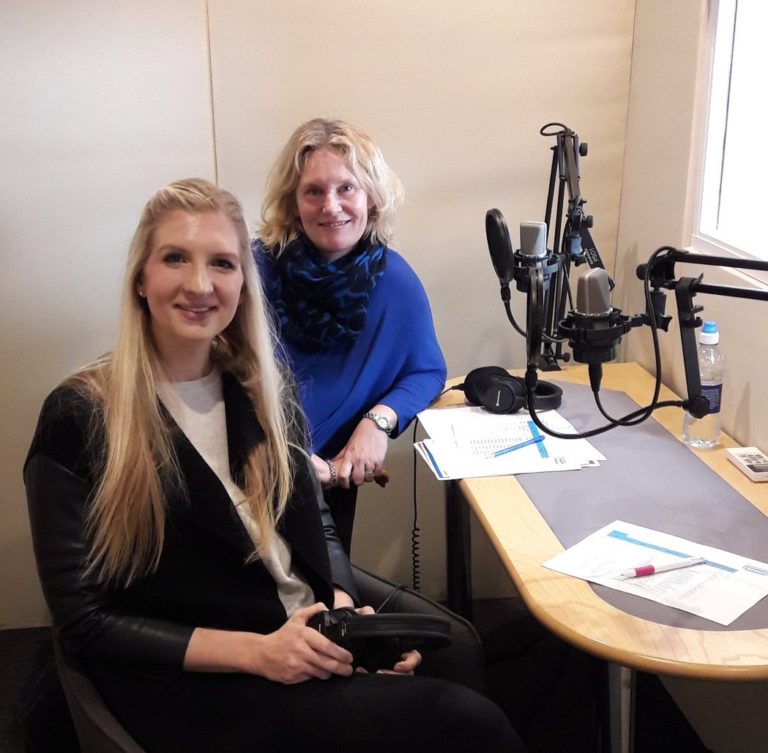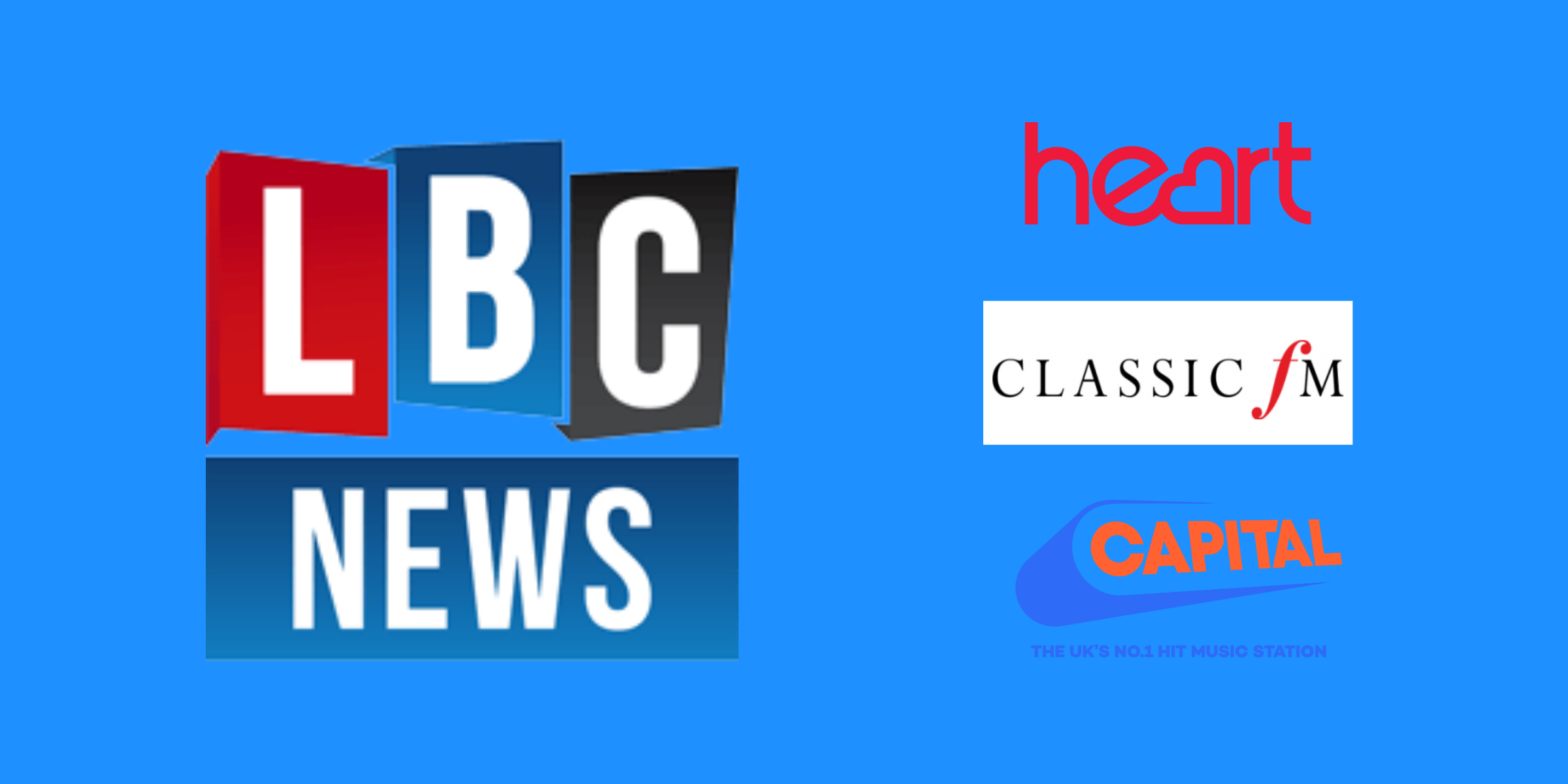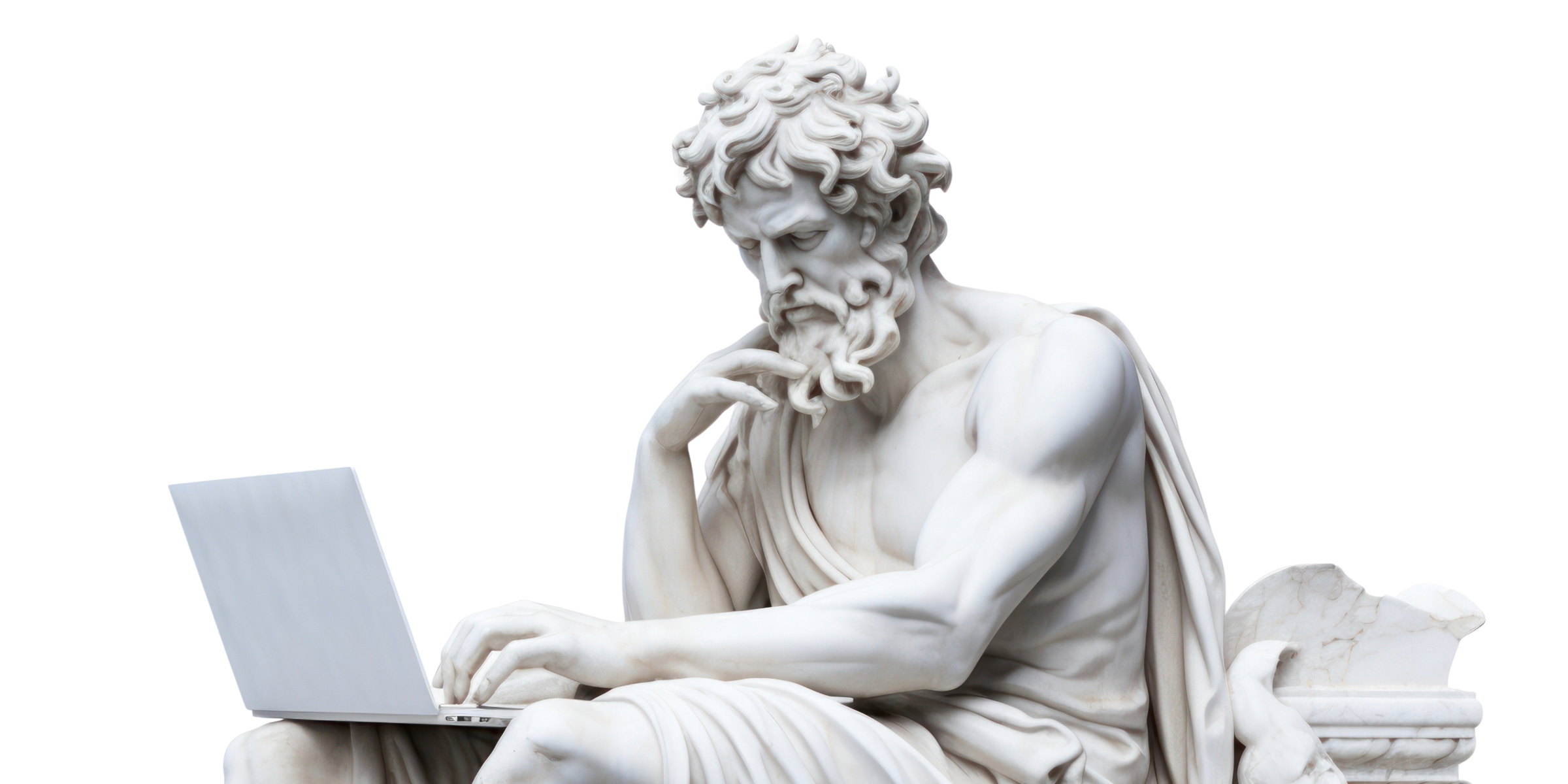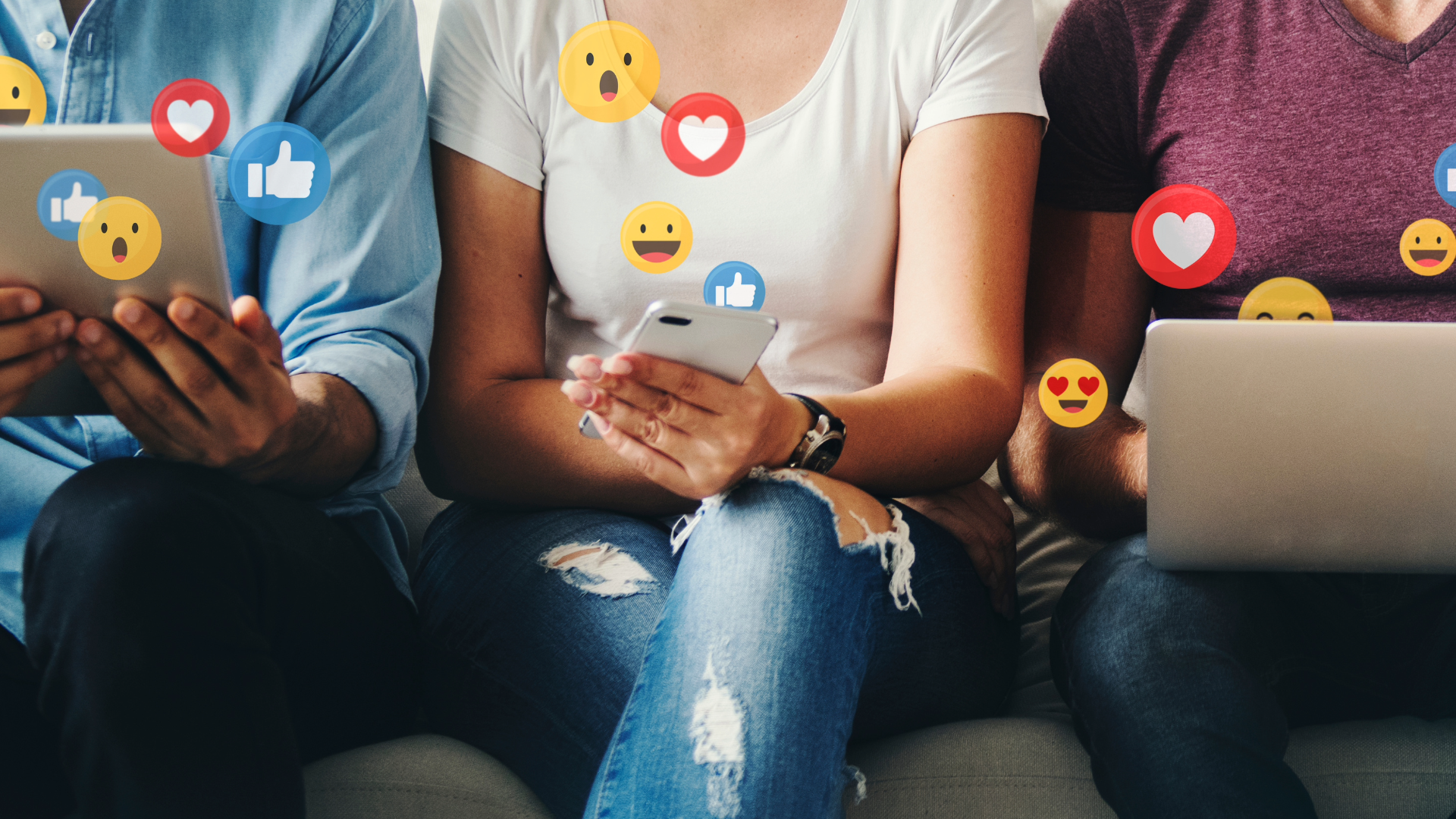By Kate Fallis
Whether retired or still in action, sports stars typically have an untouchable aura of credibility, and indeed even perfection, surrounding them. In many people’s eyes, they’re idols who can do no wrong – a very powerful tool when it comes to advertising. Having the right voice behind your next broadcast campaign is important – so let’s take a look at the pros and cons of using an athlete spokesperson.
Firstly, you need to think about how a sports star matches your product, service or topic. The more they have in common with your PR campaign the better, as this will make them more trustworthy to a radio and/or television audience. Relevance is crucial. There’s no point using a professional swimmer to promote running shoes, for example, when you would be much better off using a track athlete. Think about the qualities someone using your product or service may look for and find a spokesperson in the sporting community that matches them.
The handy thing about using an athlete for your broadcast outreach is they’re most likely to have been media trained and are already comfortable speaking with journalists. Much like celebrities, they’ve had to deal with interviews throughout their whole career and this will help immensely in the event of any tricky questions. They’re generally quite well equipped to subtly drop in a brand mention or get presenters back on track in an interview if they go off-topic. Once they have all that under control, their trustworthiness and expertise can shine through and positively promote your product or service.
Another benefit relates to social media, as most athletes tend to have quite a large following on platforms such as Twitter, Facebook and Instagram. You can ask your spokesperson to include a few social media posts in their fee, meaning they can make it very publicly known they endorse your brand. Tagging your brand within these tweets or posts is a great way to get the spokesperson’s own followers engaged with the campaign.
Here are a few examples of sports stars we’ve had in the Shout! Communications’ studio or involved in a campaign in some way over the past 12 months:
Four-Time Olympic Gold Medallist Laura Kenny
As a hayfever sufferer and first time mum-to-be, Laura was the perfect spokesperson for Boots UK for their hayfever during pregnancy campaign in April 2017. Laura was involved in a radio day and also filmed for an online video package. In the radio day alone, she had 17 interviews, with a total audience reach of more than 13.2 million.
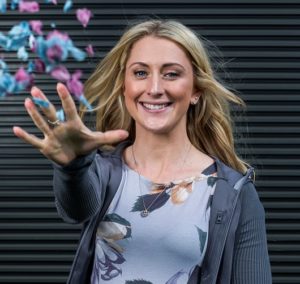
Manchester City player Yaya Toure
Yaya was involved in an online campaign by UBTECH Robotics in December 2016, along with teammates Fernandinho, Willy Caballero and Pablo Maffeo. A video package was made and sold in to online journalists from websites such Mirror Online and Sun Online. Altogether, the video was used online by papers, magazines and blogs with a combined monthly reach of 132 million.
Two-time Olympic Gold Medallist Rebecca Adlington
As a mum herself, Rebecca was keen to be involved in a children’s health campaign by Jaffa in May 2017. The campaign involved a standard radio day, with Rebecca completing 17 interviews over four hours and reaching a total of more than 11.1 million listeners.
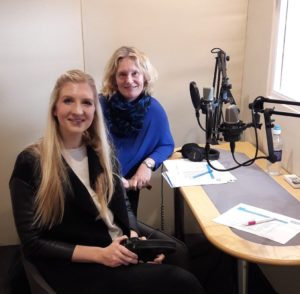
Former England rugby player Matt Dawson
Matt was involved in a radio day and online campaign with Holts in September 2016 about Brits lacking in car maintenance skills. That campaign achieved 10 pieces of coverage, including four regional BBC stations, at a total reach of over 830,000.
Things to consider before booking an athlete spokesperson
First of all, as with any spokesperson, you have to make sure they aren’t doing any other campaigns around the time you are looking for coverage. However good the name broadcasters won’t want the same spokesperson on twice, without a gap of at least 4-6 weeks.
It’s also important to consider which other brands they’re associated with and if that will clash or compete with your campaign. You should also question how your target audience will perceive the athlete. Do they appeal to a certain age group or gender? Lastly, but probably most important of all is their availability. For best and most extensive coverage a radio day will begin from first thing, as early as 0600. And your spokesperson may also be required the day before for pre-records or after the radio day for more radio or television interviews. Flexibility is key!
Just remember, many sports stars can make more money as endorsers than athletes, so it’s worth their while and they will normally be more than happy to support a campaign. Be sure to fully brief your chosen sporty spokesperson before a radio day or television interview and explain how you would like your product or service to be portrayed. It might just be one broadcast PR campaign this time, but always be thinking about opportunities to work with the athlete in the future.
